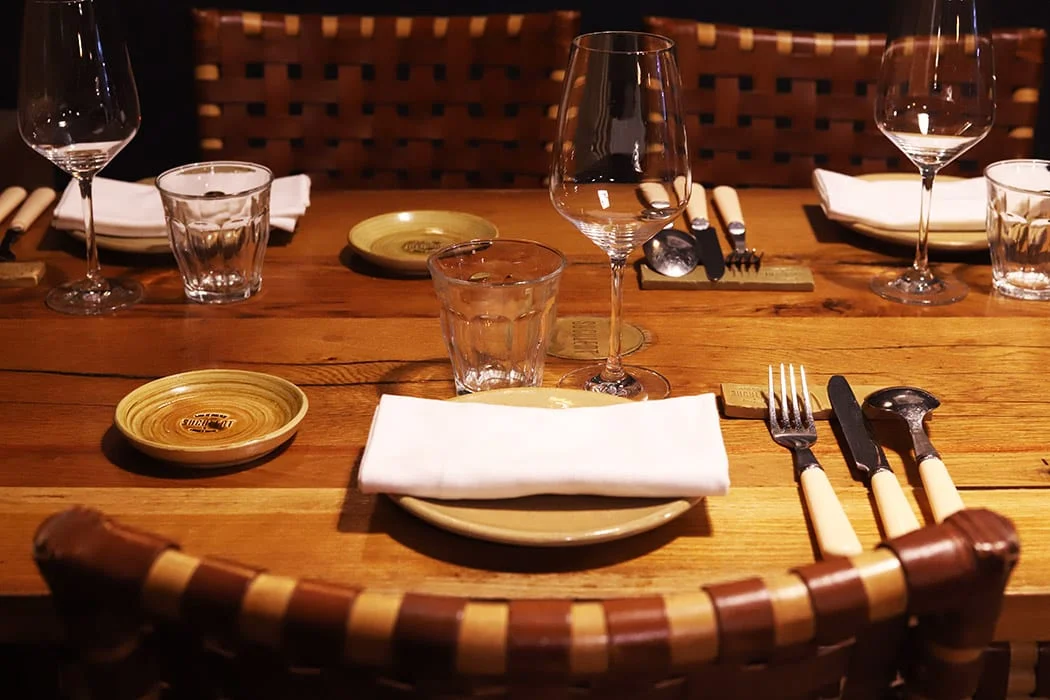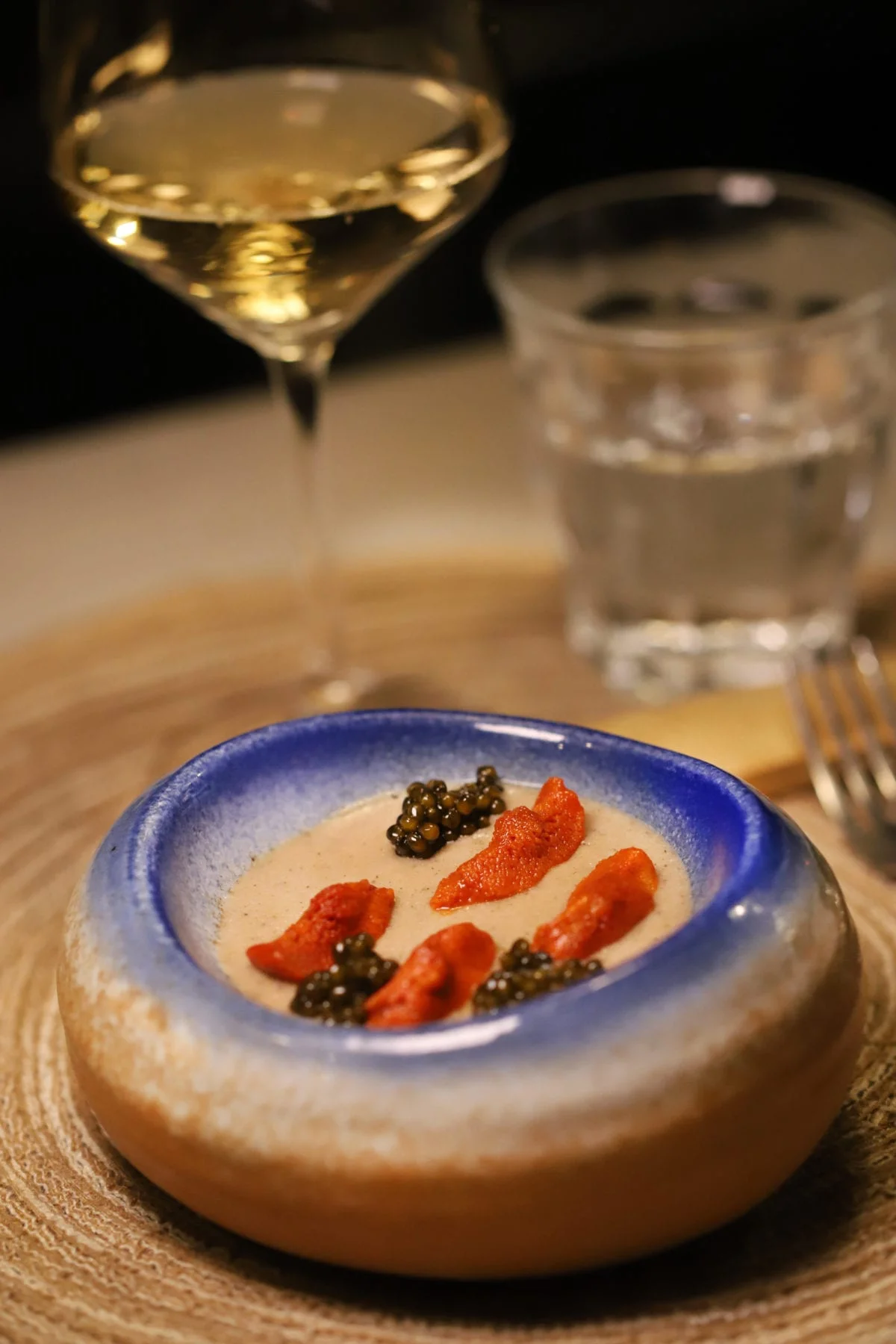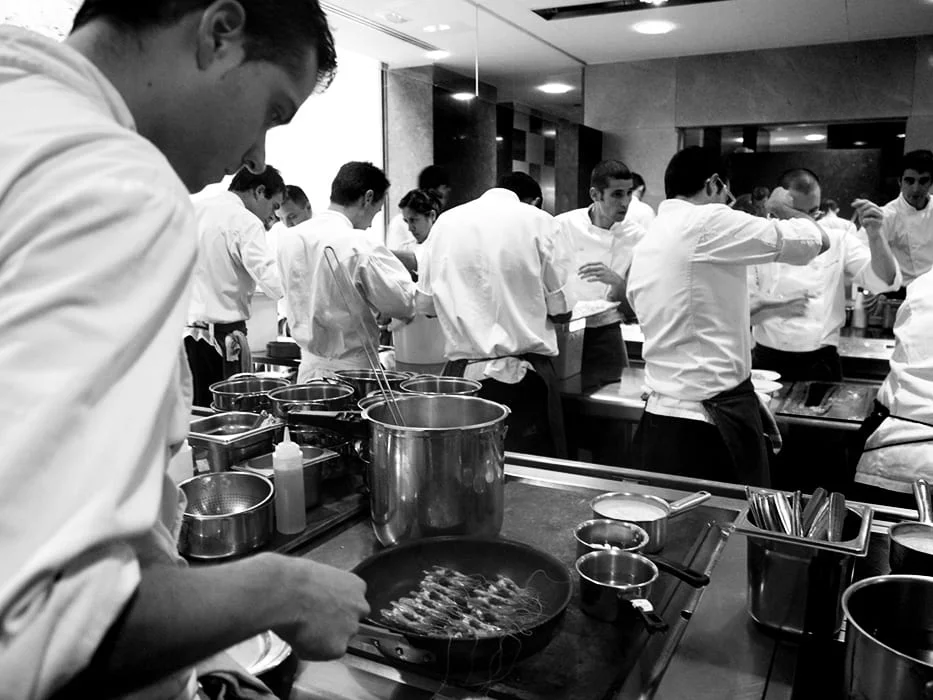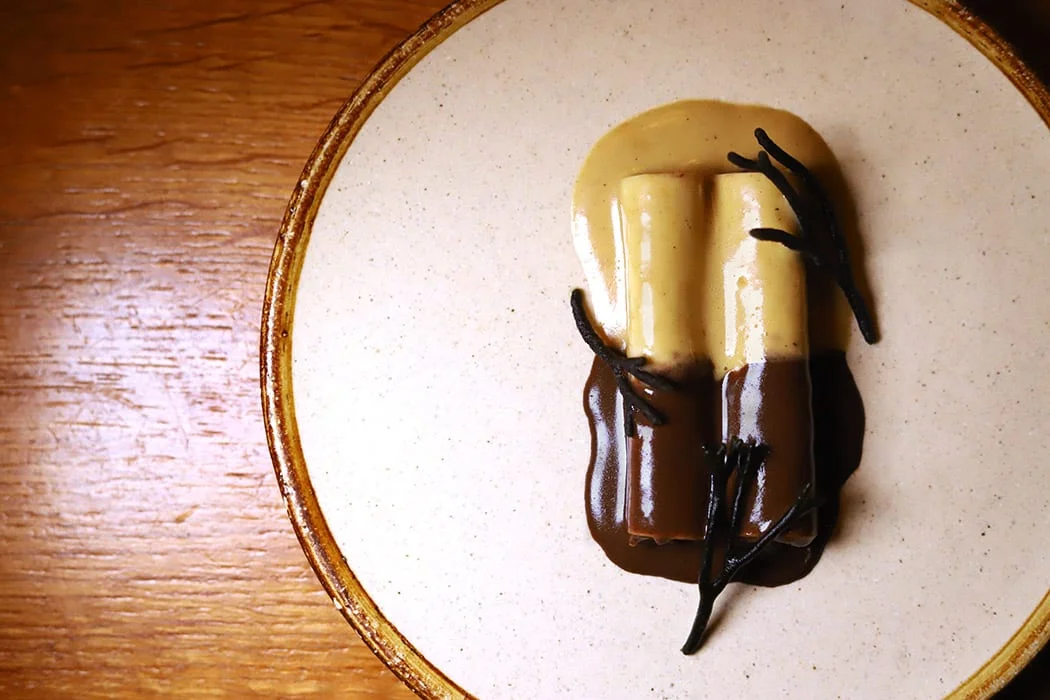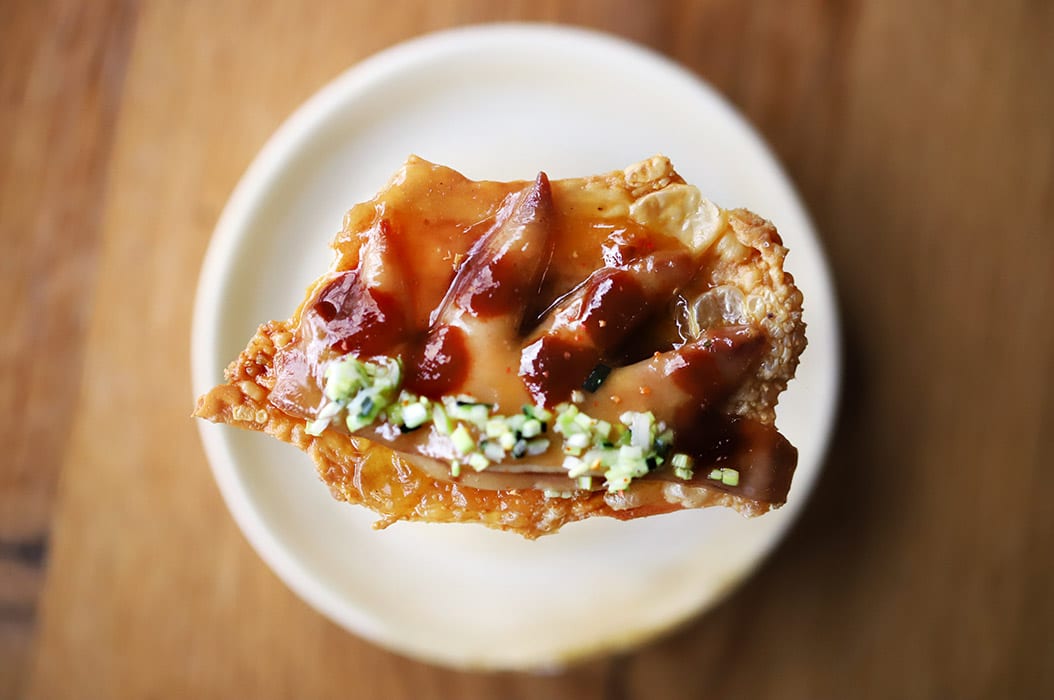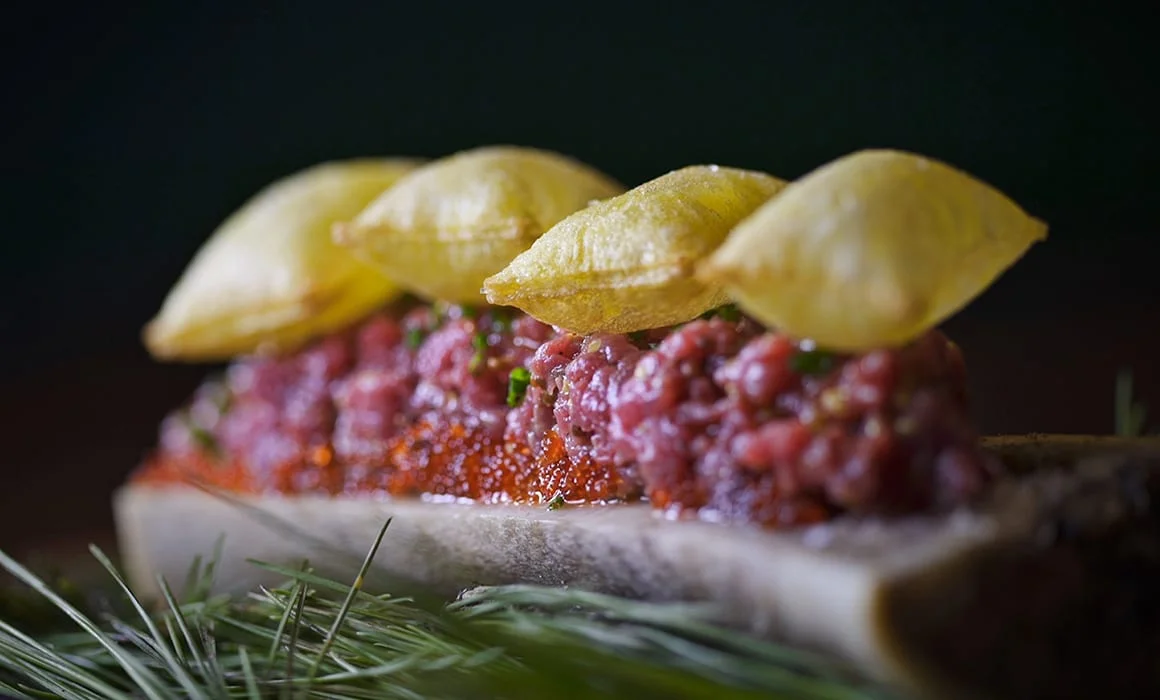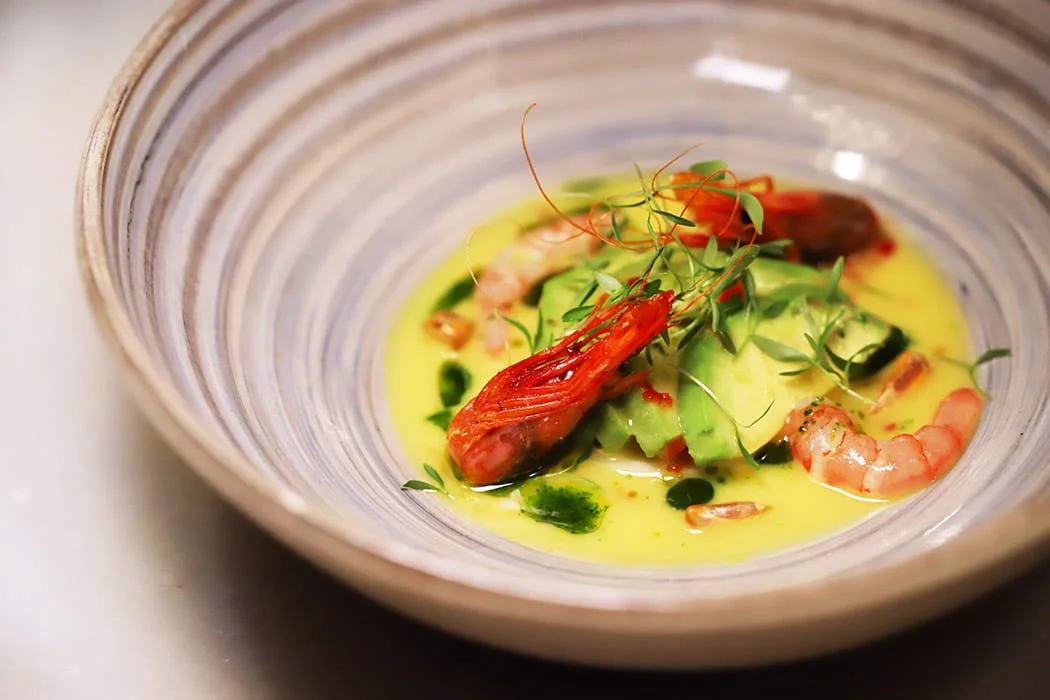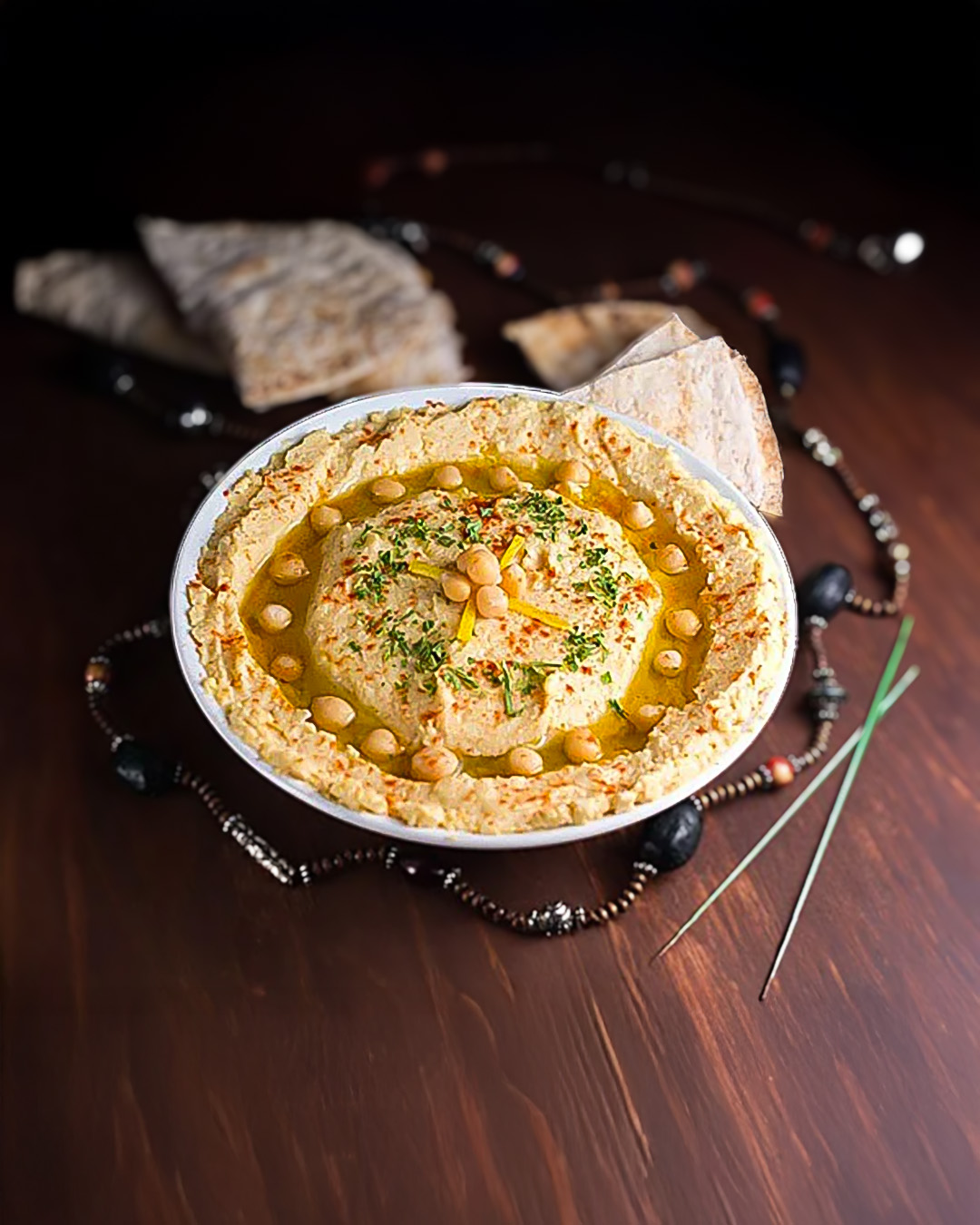Barcelona is one in a million in many ways. It’s one of those few cities that have everything and that we all want to go to or live in at some point in our lives. Fast, colourful, passionate, artistic and full of flavor. At Suculent, Antonio Romero has reduced those ingredients, and cooks dishes that capture the soul of one of the best cities in the world.
Soul: the spiritual or immaterial part of a human being or animal (let’s add city), regarded as immortal. Barcelona is a city with soul, one that holds a special place in the culinary world with New York, Paris, Copenhagen, Lima or Tokyo, just to name a few. A city that needs to be visited on numerous occasions and when it comes to food, tried in many different ways to be figured out. One of those places you definitely need to go to, is Suculent.
Despite its brilliant trajectory since it opened in 2012, Suculent remains a well-kept secret of Barcelona; one of those restaurant where other chefs go to feast on their days off. Without pretensions or luxuries, chef Toni Romero has spent years renewing and giving his own twist to traditional Mediterranean dishes, with hints and influences from other cultures.
Here the focus is not necessarily on technique – which is something that Romero knows quite well having spent years cooking at elBulli with the Adrià-brothers, Arzak and Akelarre – as it is on the flavor. Broths and sauces are where the real DNA of Suculent can be found and almost every dish is created with that in mind. The emotional energy of Barcelona is concentrated, reduced and turned into intense bases that cover every single vegetable, piece of fish or meat.








